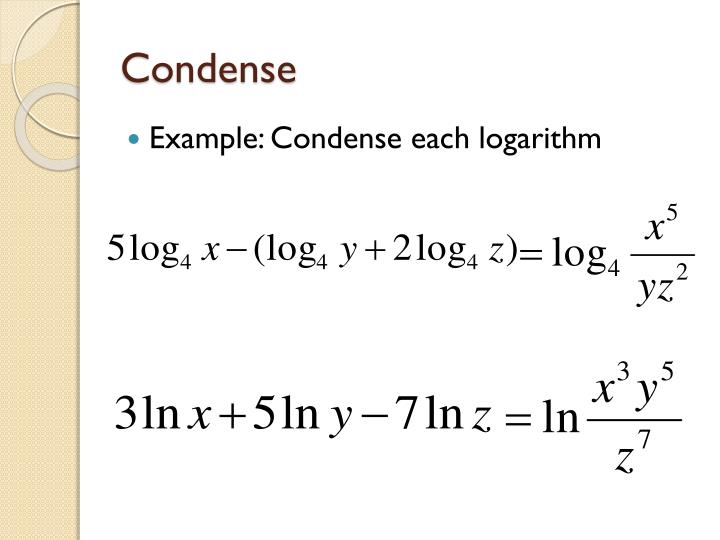


Instead, it becomes somewhat stable: it's approaching a unique value already mentioned above, e ≈ 2.718281. You may notice that even though the frequency of compounding reaches an unusually high number, the value of (1 + r/m)ᵐ (which is the multiplier of your initial deposit) doesn't increase very much. Now let's check how the growing frequency affects your initial money: Now, let's imagine that your money is recalculated every minute or second: the m became a considerably high number. It is easy to see how quickly the value of m is increasing if you compare yearly (m=1), monthly (m=12), daily (m=365), or hourly (m=8,760) frequencies. Let's assume that you deposit some money for a year in a bank where compounding frequently occurs, thus m equal to a large number. m represents the number of times the interest is compounded per year or compounding frequency and.r is the annual interest rate (in decimals).A is the value of the investment after t years.The formula for annual compound interest is as follows: That is the interest that is calculated on both the principal and the accumulated interest. One practical way to understand the function of the natural logarithm is to put in the context of compound interest.

Therefore, y = logₑx = ln(x) which is equivalent to x = eʸ = exp(y). You might also see log(x), which also refers to the same function, especially in finance and economics. Accordingly, the logarithm can be represented as logₑx, but traditionally it is denoted with the symbol ln(x). Conventionally this number is symbolized by e, named after Leonard Euler, who defined its value in 1731. If you want to compute a number's natural logarithm, you need to choose a base that is approximately equal to 2.718281. To switch the base and argument, use the following rule.You can choose various numbers as the base for logarithms however, two particular bases are used so often that mathematicians have given unique names to them, the natural logarithm and the common logarithm. It is also possible to change the base of the logarithm using the following rule. If there is an exponent in the argument of a logarithm, the exponent can be pulled out of the logarithm and multiplied. When the argument of a logarithm is a fraction, the logarithm can be re-written as the subtraction of the logarithm of the numerator minus the logarithm of the denominator.ĮX: log(10 / 2) = log(10) - log(2) = 1 - 0.301 = 0.699 When the argument of a logarithm is the product of two numerals, the logarithm can be re-written as the addition of the logarithm of each of the numerals.ĮX: log(1 × 10) = log(1) + log(10) = 0 + 1 = 1 Base 10 is commonly used in science and engineering, base e in math and physics, and base 2 in computer science. X = b y then y = log bx where b is the baseĮach of the mentioned bases is typically used in different applications. log 2, the binary logarithm, is another base that is typically used with logarithms. When the base is e, ln is usually written, rather than log e. Conventionally, log implies that base 10 is being used, though the base can technically be anything. This means that the log of a number is the number that a fixed base has to be raised to in order to yield the number. The logarithm, or log, is the inverse of the mathematical operation of exponentiation. Related Scientific Calculator | Exponent Calculator


 0 kommentar(er)
0 kommentar(er)
